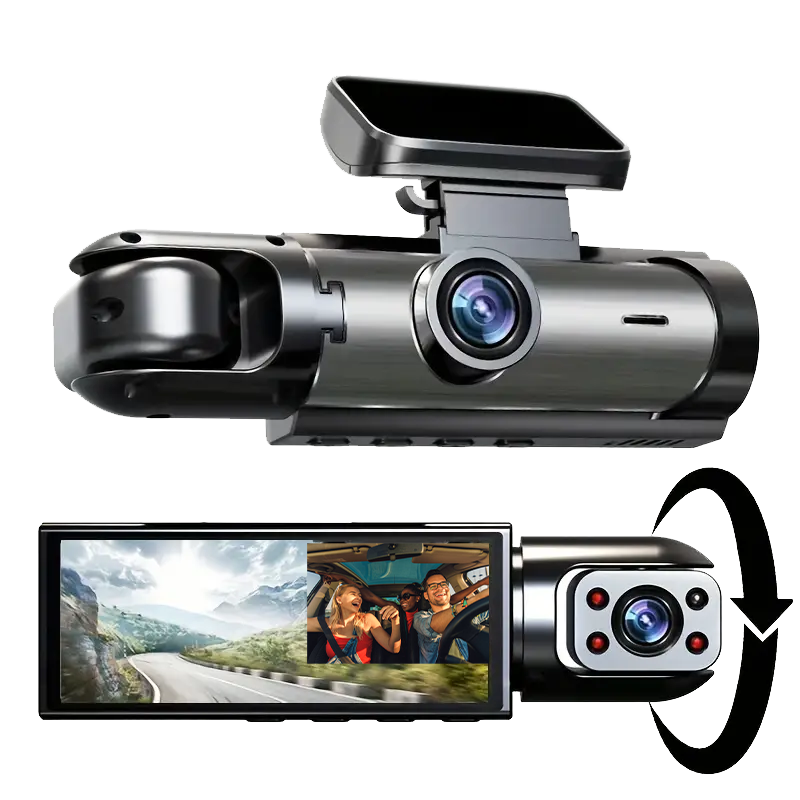
Toyota J20/ J30 1955 - 1960

In 1955 the Second generation of the Land Cruiser was introduced. It was called the 20 Series.
| J20/J30 | |
|---|---|
 |
|
| Overview | |
| Also called | Toyota Bandeirante (Brazil) |
| Production | 1955–1960 |
| Assembly |
|
| Body and chassis | |
| Body style |
|
| Layout | Front-engine, rear-wheel-drive |
| Powertrain | |
| Engine |
|
| Dimensions | |
| Wheelbase |
|
History
- 1955 – The Second generation of the Land Cruiser called the 20 Series was introduced. It was designed to have a more civilian appeal than the BJ for export reasons. It also had more stylish bodywork and a better ride courtesy of longer four-plate leaf springs which had been adapted from the Toyota Light Truck. It had a more powerful 99 kW (135 PS; 133 hp) 3.9 L six-cylinder Type F petrol engine, but adopted the previous generation's three speed gearbox. The interior of the vehicles were made more comfortable by moving the engine 120 mm (4.7 in) forward. The 20 Series still had no low range transfer case, but had synchronism on the third and fourth gears.[citation needed]
- 1957 – A 4-door Station Wagon was added called the FJ35V which was based on a 2,650 mm (104.3 in) wheelbase. The Land Cruiser first imported into Australia by B&D Motors as the FJ25/28 cab chassis with Australian made bodies. The Land Cruiser was the first Japanese vehicle to be regularly exported to the country. A small number of Land Cruisers were initially used in the Snowy Mountains Hydroelectric Scheme, by sub contractor Theiss Constructions.
- 1958 – FJ25 production commenced in Brazil; this being the first Toyota vehicle built outside Japan. These were sold as the "Toyota Bandeirante" from January 1962 when the Toyota petrol engine was replaced with a Mercedes-Benz diesel engine. The FJ25 models were built until August 1968 in Brazil. Production numbers were fairly low; in 1965, the production total was 961 vehicles.
Bandeirante timeline
- 1959:
- FJ25 - Short open (topless) bushdrive car - motor Toyota F (May 1959 to 1960/61) - new in 1959 (also referred to as FJ251)
- 1960/1961:
- FJ25L - Short soft top bushdrive car - motor Toyota F (1960/1961 to 1960/1961) - new in 1960/1961 (also referred to as FJ251L)
- FJ151L - Short soft top bushdrive car - motor Toyota 2F (1960/1961 to December 1961) - replaces the FJ25/FJ251 and the FJ25L/FJ251L (there are few mentions in literature and no preserved ones known; it could be even doubted if it's ever been actually built)
- 1962:
- TB25L - Short soft top bushdrive car - motor Mercedes-Benz OM-324 (January 1962 to - 1966?) - replaces the FJ151L (or FJ25L/FJ251L?)
- TB25L - Short hard top bushdrive car - motor Mercedes-Benz OM-324 (January 1962 to - 1966?) - new in 1962
- TB41L - Long hard top bushdrive car - motor Mercedes-Benz OM-324 (September 1962 to July 1968) - new in 1962
- TB51L - Short pickup with native bed - motor Mercedes-Benz OM-324 (September 1962 to January 1966)
- 1965:
- TB51L3 - Short 3-door double cabin pickup with native bed and steel bed cover - motor Mercedes-Benz OM-324 (1965 to ?) - new in 1965; possibly only one unit was built
- 1962 – 1968:
- OJ32L - Short soft top bushdrive car - motor Mercedes-Benz OM-324 (1966? - to August 1968) - replaces the soft top TB25L
- OJ31L - Short hard top bushdrive car - motor Mercedes-Benz OM-324 (1966? - to August 1968) - replaces the hard top TB25L
- TB81L - Short pickup with native bed - motor Mercedes-Benz OM-324 (February 1966 to August 1968) - replaces the TB51L
